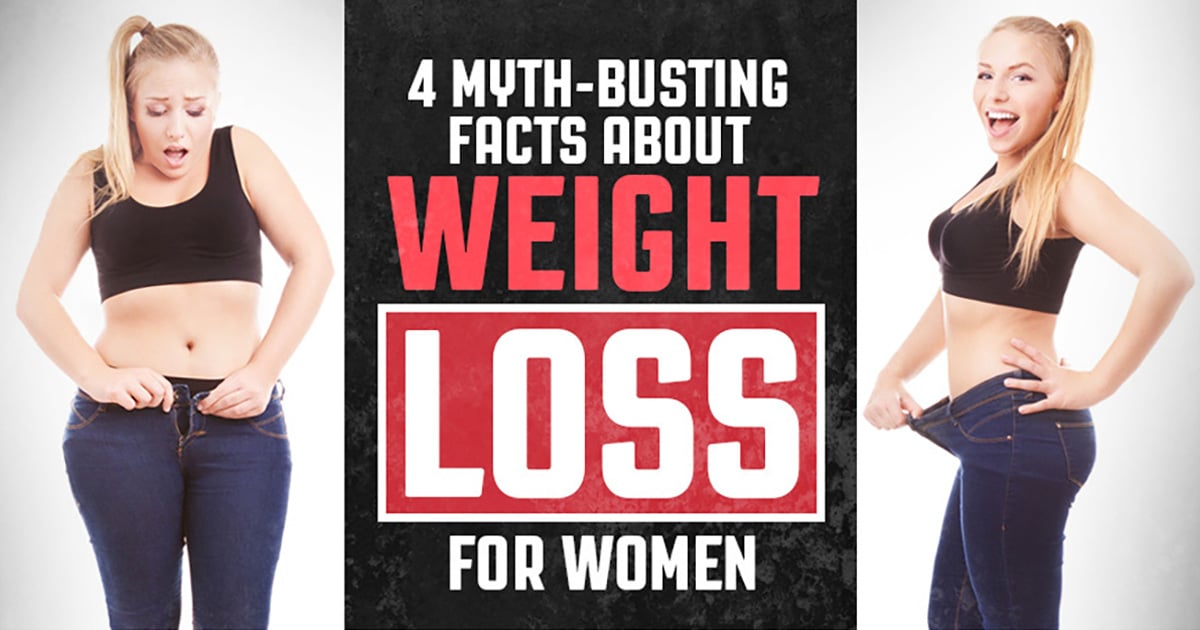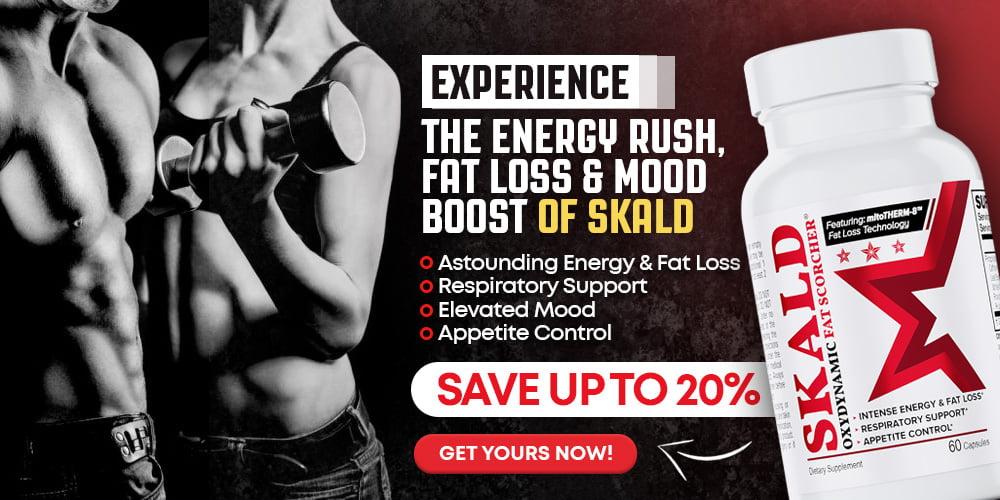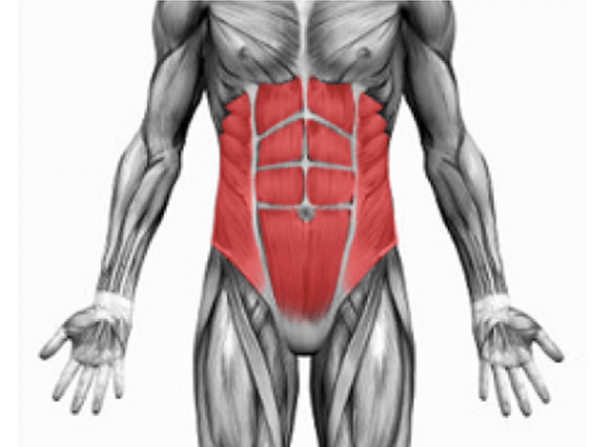
Weight-loss is often the driving force behind many of our gym ambitions. It’s the reason many of us get up as early as we do, it’s why we hit the gym as hard as we do and it’s why we put our everything into our fitness routines.
But to get the results you want, you need to follow a plan that works.
There’s a lot of misinformation out there, especially for female athletes. That misinformation can undo all of your hard work and lead you to put your focus in the wrong places.
In this blog, we’re going to clear up four of the most prevalent myths, and give alternate solutions that will help maximize your results.
Misconception #1 – Eat nothing, train harder and lose weight
Often, people in the female fitness community think, thanks to a lot of false information out there, that the quickest route to losing weight is to fast and train at the same time. The idea is that if you have no insulin or glucose in your system, your body will fall back on fat reserves and burn off that excess weight swiftly and efficiently.
But this absolutely is the wrong way to go about it. When you eat less than you need and you lose weight, your body goes into a starvation mode. To save energy, your metabolism slows down. When you're done fasting and you go back to your usual diet, you may regain the weight you lost, and then some. In addition, your body will start to draw energy from your muscles, causing muscle wasting which is exactly what you don’t want.
So be sure to consume an adequate amount of calories, but remember to stick to the good stuff. Our goal weight calculator can tell you exactly how many calories are required per day to reach your target weight, as well as what to eat, and when. A proper diet, especially when coupled with a powerful fat burner like SKALD can help you lose weight and keep it off.
Misconception #2 – Longer training sessions mean better results
We love the idea that our long cardio sessions are the key to seeing better weight-loss results. It’s only natural to think this too. That’s how we build up exertion, work the sweat glands and ultimately wear ourselves down. However, research suggests that long low intensity cardio sessions (more than 60 minutes per day) aren’t the best way to lose weight or improve your fitness, and could even be detrimental to your health.
Terms such as “chronic cardio” or “cardio trap” are now being used by health and fitness professionals to describe the drawbacks and inefficiencies of an excessively cardio-focused exercise regime.
Endurance cardio has also been linked to an increase in the body’s production of the “stress” hormone cortisol. If cortisol levels remain raised over time, our bodies become more sensitive to insulin and store fat (particularly in the abdominal area). Serotonin, thyroid function, growth hormone, testosterone and estrogen levels are all disrupted.
You can get as much out of ten minutes as you would with an hour of low intensity cardio. With a fat-burner like SKALD, your short, focused, HIIT workouts will have you looking trim in no time.
Misconception #3 – Weight-lifting is for building muscles, not losing weight
It’s a major myth in the fitness world that weight-lifting is almost the opposite of burning fat. People think that picking up some weights and pulling off a few sets will leave them stacked, bulked and weighing a few more pounds than when they started.
That simply isn’t true though. Weight-lifting does add muscle to your body, that much is true, but muscles tend to burn more calories during your downtime than fat does – so replacing your excess fat reserves for muscle will actually take out more calories. Lifting heavier weights can also contribute to more calorie loss over an exercise period, so it’s well worth adding a couple of weight-based sets to your workouts.
Misconception #4 – Dietary fat is always bad for losing weight
There’s a big problem with modern female weight-loss regimes, and that is the demonization of fat. We often believe that fat should be avoided at all costs when we’re on our diets and that we should replace all instances of fat with protein, veggies and healthy carb sources.
While processed fats should be avoided for diets, that much is true, natural fats aren’t actually as bad for us as we commonly think. If they’re whole food fats, then you’re on the fast-track to a healthier diet when you take them in moderation.
Monounsaturated fat – good sources include:
- Olive, canola, peanut, and sesame oils
- Avocados
- Nuts (almonds, peanuts, macadamia, hazelnuts, pecans, cashews)
- Peanut butter
Polyunsaturated fat – good sources include:
- Sunflower, sesame, and pumpkin seeds
- Flaxseed
- Walnuts
- Fatty fish (salmon, tuna, mackerel, herring, trout, sardines) and fish oil
- Soybean and safflower oil
At BELDT Labs, we’re on a mission to help you get more out of your weight-loss exercise routines. We’re here to clear up misconceptions, provide expert tips and tricks, and to give you access to the best supplements on the market.



